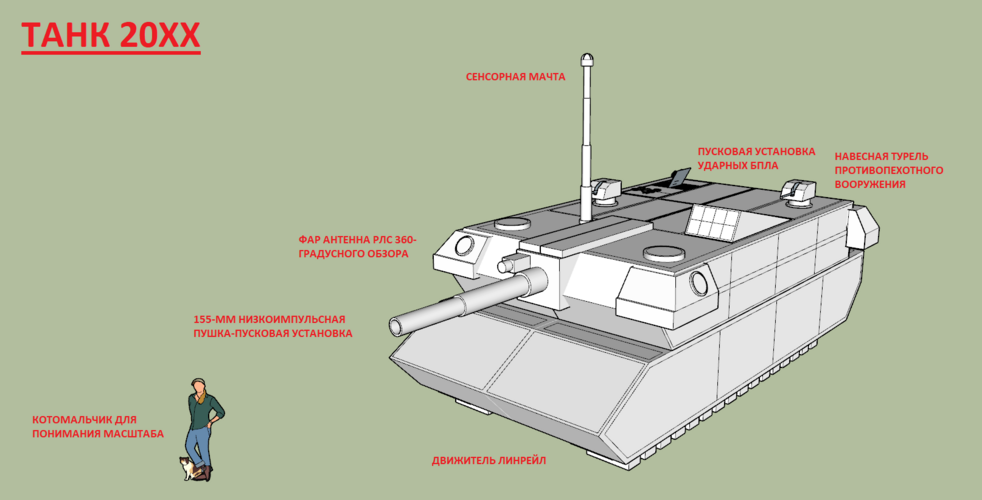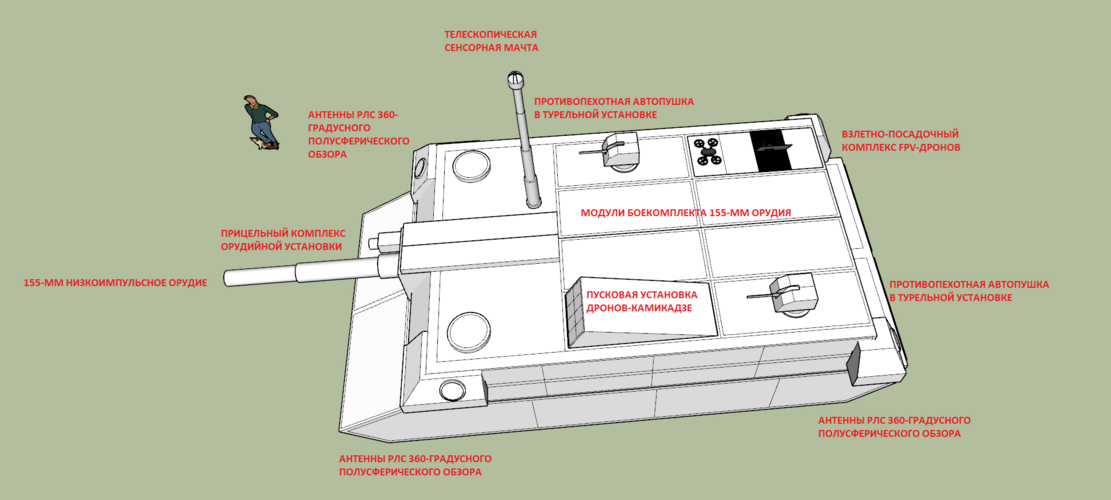- Joined
- 27 September 2006
- Messages
- 6,138
- Reaction score
- 6,297
Giant tanks in fact never left the drawing board but the Nazis as usual decided to do something most other powers thought crazy.
But watching the battlefield in Ukraine where modern fast well protected tanks have been forced to add more and more weird measures to combat drones, missile and endless artillery fire could the giants be due for a new chance.
Rattes lumbering forward relentlessly at a few miles an hour but immune to enemy fire would not look so odd in a stalemated war. Maybe S Korean or even Taiwanese Rattes could hold the line.
But watching the battlefield in Ukraine where modern fast well protected tanks have been forced to add more and more weird measures to combat drones, missile and endless artillery fire could the giants be due for a new chance.
Rattes lumbering forward relentlessly at a few miles an hour but immune to enemy fire would not look so odd in a stalemated war. Maybe S Korean or even Taiwanese Rattes could hold the line.












